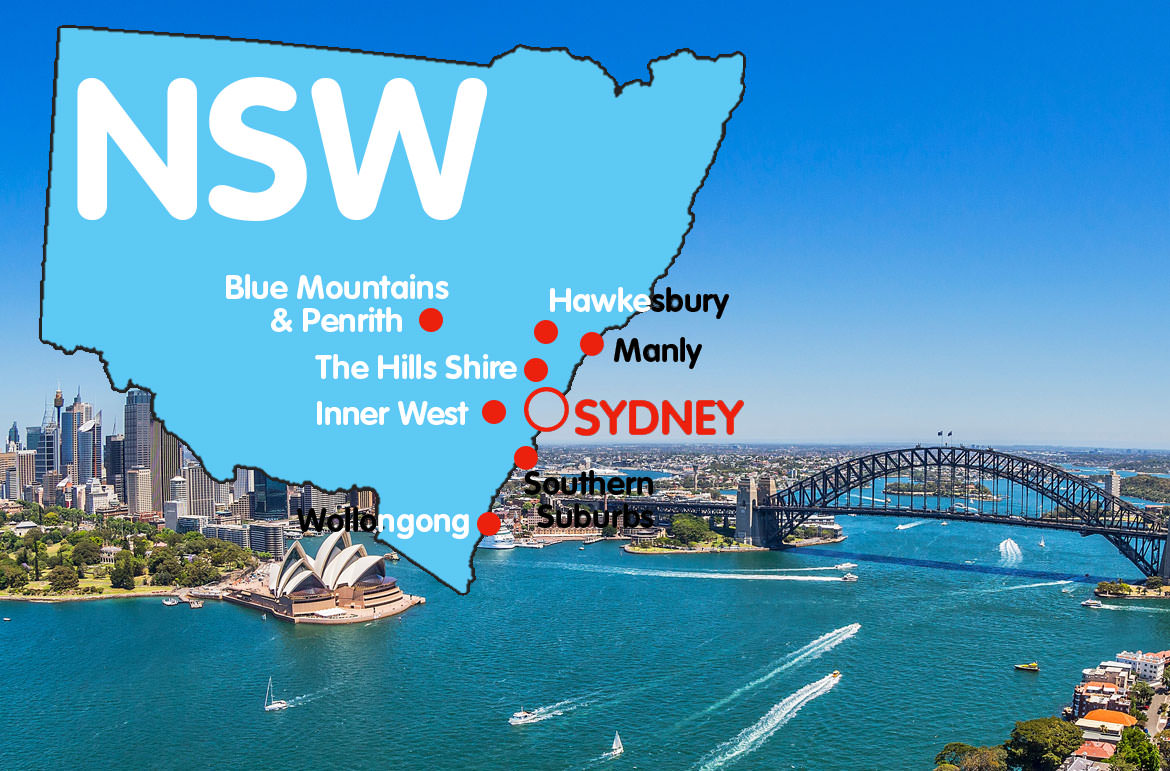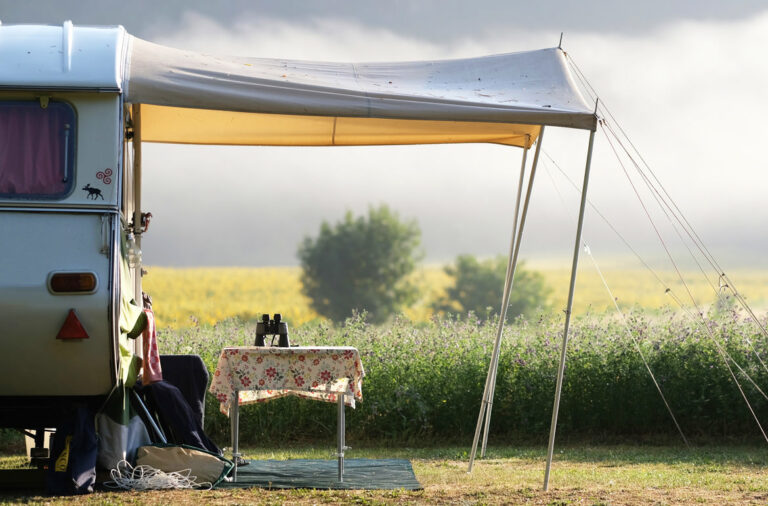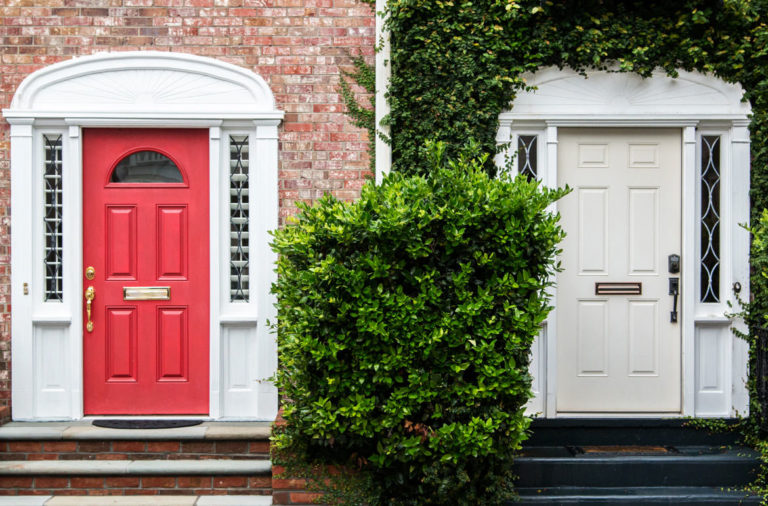
When building a granny flat, you may find yourself overwhelmed by the rules and regulations. So, I’m here to simplify it for you.
Starting with: Can you build a granny flat on your property in NSW?
Yes you can. All the regulations for building granny flats can be found within the State Environmental Planning Policy (SEPP). For a detailed breakdown of these guidelines. NSW is the most popular State for building granny flats due to the ease of building guidelines by-in-large. And because there are no issues with renting a secondary dwelling as there are in other States of Australia.
DON'T PAY A FORTUNE FOR YOUR GRANNY FLAT. Find out how to deal with council and build a granny flat for the lowest cost possible. Learn More.
Please refer to my article “Granny Flat SEPP Legislation – Everything You Need to Know“.
And details about SEPP can be found here.
Today I will give you a list of NSW’s granny flat laws. I will provide you with the costs to build a granny flat in New South Wales. And discuss why these laws are put in place.
I will also cover if your suburb has different laws that you have to follow.
Lastly, I will talk to you about if it is possible to build 2 granny flats on the same property in NSW.
The List of NSW Granny Flat Laws
In general, the rules to build a granny flat are that it must be:
- Set in combination with another dwelling (the primary home)
- On the same block of land as the primary home (NOT as a community title scheme or as an individual lot in a strata plan)

Legal issues can be hard to understand. That is why the NSW Government made it easier with the SEPP and main points listed below:
It may be built either within, attached to, or separate from the main home.
Other NSW regulations include:
- You cannot build over an easement (i.e. a drainage easement)
- Minimum 450 square metre property (with a minimum 12m street frontage)
- Maximum secondary dwelling size of 60 square metres EXCEPT FOR
- Detached studios which can be a maximum of 35 square metres only
- Maximum building height of 8.5m although setbacks change once building height exceeds 3.8m
- Property must have residential zoning
- 3m setback from the rear and 0.9m setback from the side boundaries
- Maintain 3m in distance from any existing trees over 4m tall
Costs to Build a Granny Flat in New South Wales
There are a variety of different building styles for granny flats, so building costs vary substantially. For example, you wouldn’t expect the price of a brick granny flat to be the same as a prefabricated “flatpack” home.
Though it is possible to:
- Build a granny flat for under $50,000 (just see my article “Granny Flat Under $50,000 – With Real Examples”)
Construction costs actually tend to range, on average, from $50,000 to $120,000+. Depending on how customised you want to make it and what finishings you are looking for.
The actual cost will vary, depending on the:
- Size of your granny flat
- Condition of your land
- Ease of access to your land
- Inclusions you choose (the materials, and the finishes)
Also feel free to see my detail costs to build a granny flat.
Below is a list of average costs to expect for different sized granny flats, built by reputable builders, with standard inclusions:
- One-Bedroom Granny Flats – A one-bedroom granny flat generally ranges from 35 to 45 square metres.
It will typically cost $85,000 to $100,000.
- Two-Bedroom Granny Flats – A two-bedroom granny flat is typically bigger, at 60 square metres.
Expect to pay on average $130,000.
- Three-Bedroom Granny Flats – A three-bedroom granny flat is like a small home, but it requires a big budget.
The prices for this dwelling range from $150,000 to $180,000 on average.
Standard inclusions that builders generally offer are –
Internal:
- Walls & Ceiling Linings
- Cornices (Unless you are looking for straight-edged)
- Wardrobes
- Floor Coverings
- Joinery Skirtings
- Painting Internal & External
- Washing machine with hot/cold taps
- Splashback behind tub
- Hot Water System
- Kitchen with oven and cook-top, splashback, slide-out Rangehood and bench-tops
- Bathroom with shower and screen, vanity unit, toilet, towel rail, toilet roll holder and light/fan
- Hard wired smoke detector
- 1 x Internal distribution board
- 10 x double power points
- 1 x external sensor light
- 6 x fluorescent oyster lights
- 1 x telephone socket
- 1 x TV aerial and socket
External:
- Wall Ceiling & Roof Framing
- Termite Control
- Insulation
- Roofing, Eaves & Verges
- Connected Services – Water, Sewerage, Stormwater, Gas, Electricity & Phone services from the main home where possible
- Windows & Sliding Doors
However, costs that aren’t included are electrical and plumbing essentials. A rough estimate for these costs is at least $5000+ for electrical work, if taking power from the primary dwelling (main house) and at least $5000+ for plumbing work.
If water, electricity and gas metering must be fed separately from the street, then this will cost more to install metering systems. As you will require a level 2 electrician for instance.
If you’re thinking of renting the granny flat, you may want to include privacy aspects, such as fencing and more landscaping than initially expected. This could be another $3000+.
There are also other costs such as council fees for certification and inspection.
Just one example could be forced council contributions, you can see some of these in my article “Granny Flat Section 94 Contributions. The Complete List of Fees.”.
If you find the price of building a granny flat in NSW too high for you, there are ways to reduce costs. For example, you could remove amenities such as the bathroom and kitchen, having a living area and sleep-only granny flat.
This can lower the cost of construction by roughly $10,000+.
You can also choose to do the construction work yourself as an “owner-builder”. A complete list of costs if you choose to DIY are available in my article “Can You Build Your Own Granny Flat?”.
Why These Laws are Put in Place
The State Environment Planning Policy (SEPP), which controls the laws for granny flats, is an environmental planning instrument.
It is used to evaluate the planning issues throughout NSW. SEPP was put in place to take the authority off of your local Council.
As such, SEPP has the power to:
- Prohibit some developments in a region
- Permit some developments in a region, even if the local Council disallows it.
They were put in place due to the Government feeling there is a housing shortage and we need more space/dwellings for people live in at modest costs.
Due to population increases and using land that otherwise not have been developed in people’s backyards we also ease traffic congestion and over populations in smaller areas. These are issues which arise from high rise apartment buildings but not in local suburbs where granny flats can be spread out.
How to Find Out if Your Suburb has Different Laws to Follow?
Council requirements are fairly standard throughout all of NSW.
However, there are some exceptions. For example, the Randwick Council allows some properties that are less than 450sqm to build a granny flat.
So, I suggest that you contact your local Council directly to find out their exact regulations and planning requirements.
Do You Need Council Approval for a Shed in NSW
A shed is a minor project that typically falls under the category of an “exempt development”. If it meets the requirements for an exempt development, then you do not require council approval.
The specific requirements your shed must meet to qualify as an exempt development are:
- You have no more than 2 structures on your property.
- If you are in a residential zone, it is no bigger than 20sqm.
- If you are in rural zones, it is no bigger than 50sqm.
- It is not higher than 3m above the ground level.
- It is setback at least 900mm from every one of your boundary lines (rear, side and front).
- It does not obstruct the entrance or exit or the fire safety measures of another building.
- It is not a converted shipping container.
- If your land is on bushfire prone land you must construct the shed with non-combustible materials.
As with a granny flat, there may be other regulations specific to your local Council. So, I highly recommend that you call your Council and get their advice on which products you can and can’t use.
Also, every Councils’ rules and regulations are different, so it is best to advise them of your intentions. For example, if you build a shed without approval and later try and sell your property, you may land in a bit of trouble.
If your Council finds out a building was added without approval, they have the right to fine you and make you remove the addition. So, it’s never going to hurt you just to give your Council a call and check – it’s better to be safe than sorry.
Can You Build 2 Granny Flats in NSW on the Same Property?
Definitely, no. There are strict rules regarding this.
Only one granny flat is allowed on a a single residence property, which must also be the main home.
Conclusion
The general regulations for building a granny flat are that it must be:
- In conjunction with another dwelling (the main home)
- On the same block of land as the main home
All the precise regulations can be found within the State Environmental Planning Policy (SEPP).
The SEPP aims to evaluate and regulate planning issues throughout NSW, taking power from local Councils’.
The other main rules for granny flats are:
- They must be built on a minimum 450sqm property (with a minimum 12m street frontage)
- The maximum secondary dwelling size is 60sqm
- The maximum building height of 8.5m
- Your property must have residential zoning
- Setbacks apply – 3m from the rear and 0.9m from the side boundaries
- Keep 3m in distance from any trees above 4m in height
Construction costs for granny flats actually tend to range upwards of $120,000+.
The actual cost will vary, depending on:
- Size (1, 2 or 3 bedroom)
- The condition of and accessibility to your land
- Inclusions (materials and finishes)
However, there are ways of reducing the cost if it’s out of your price range.
Refer to my article “Can You Build Your Own Granny Flat?” . if you are looking to undertake your own build and save money.













